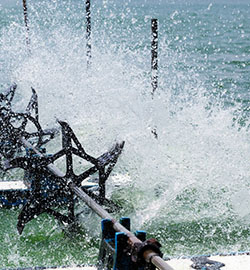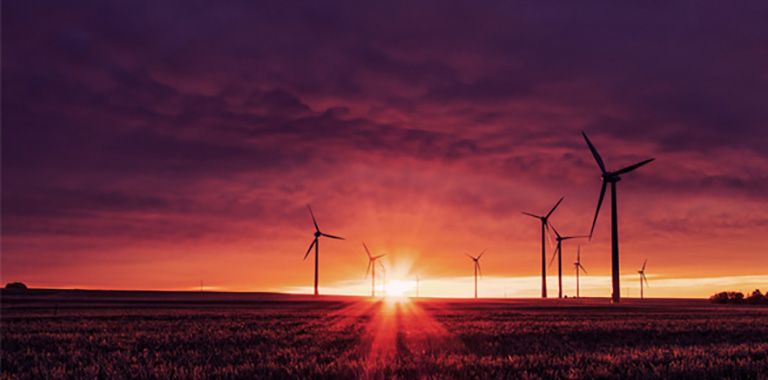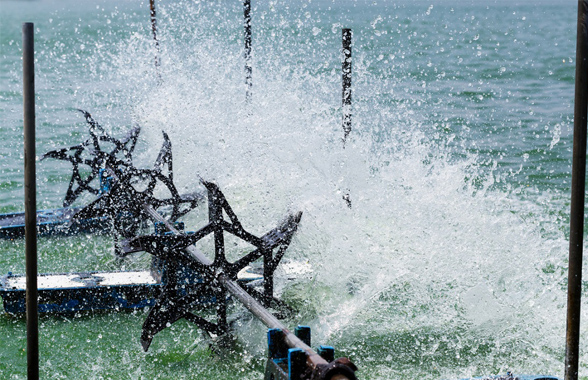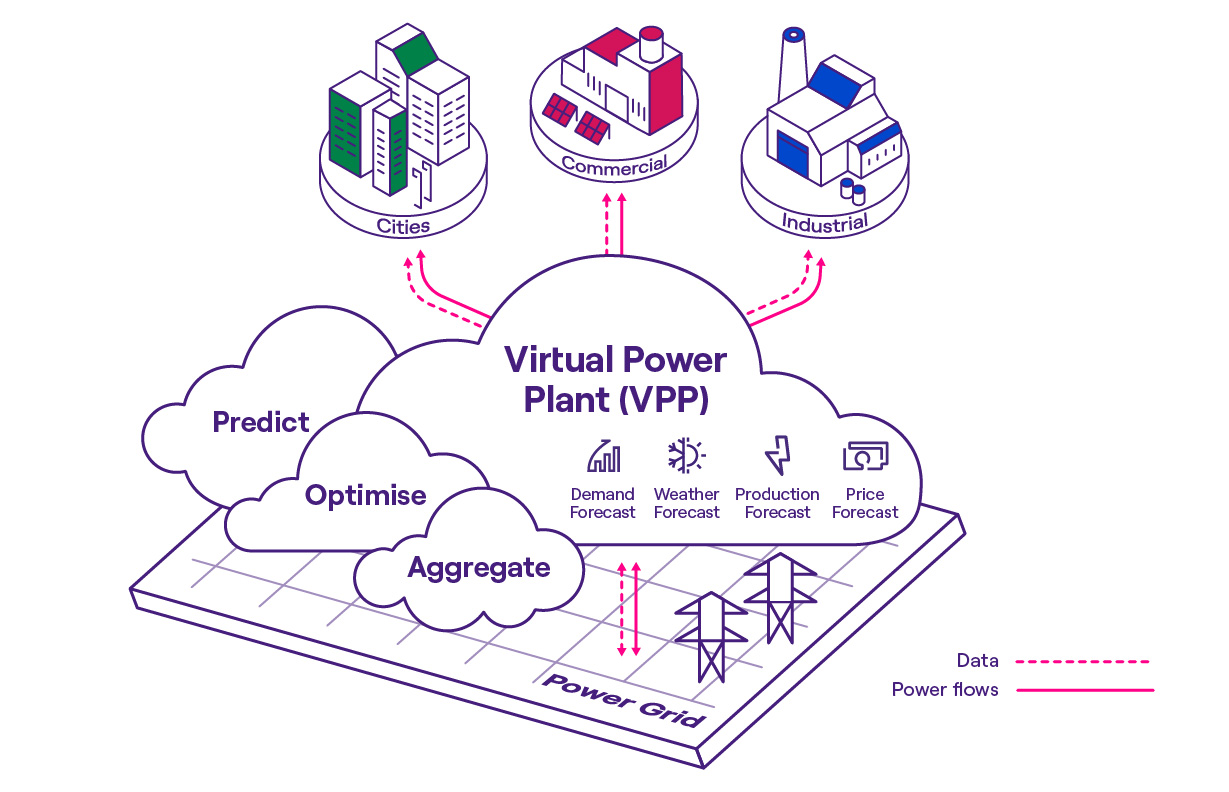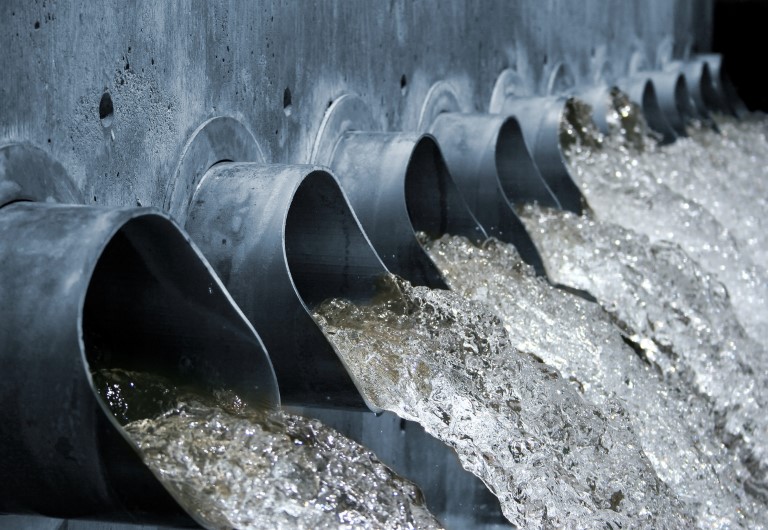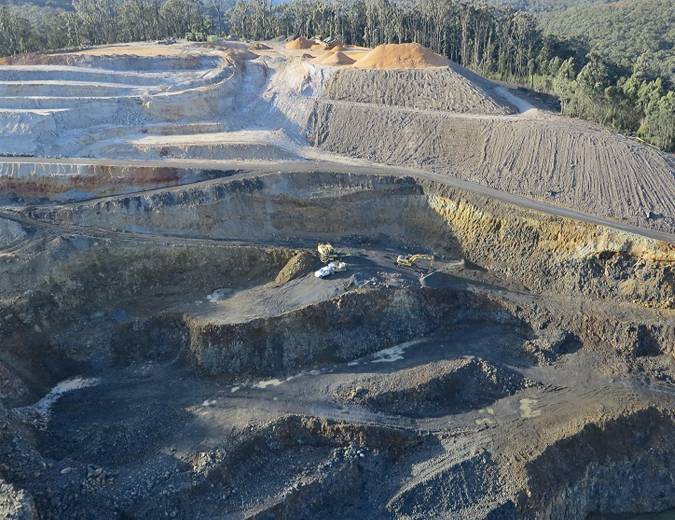Demand Response (DR), also known as Demand Side Response, DSR or Demand Management, is an energy flexibility program used globally as a cost-effective way to maintain grid reliability and security. This program extends its reach to a diverse spectrum of energy users, including businesses, government agencies, and households.
Participating in Demand Response means that energy users can actively contribute to grid stability and, in return, enjoy financial incentives. They achieve this by either reducing their electricity consumption or activating an onsite generator in response to a signal. In simple terms, Demand Side Response empowers electricity customers to proactively and voluntarily adjust their electricity consumption patterns to gain financial benefits.
